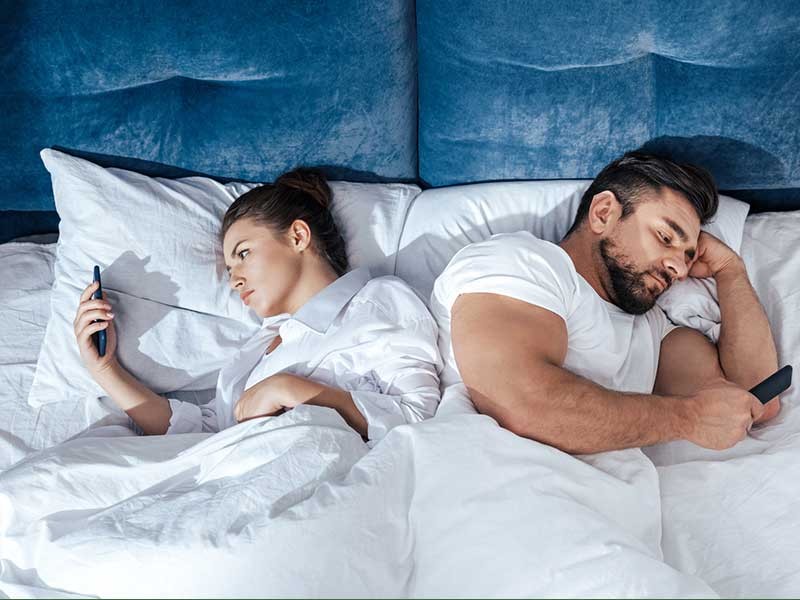
Healthy Eating on a Budget: Strategies for Nutritious Meals Without Breaking the Bank
Eating healthy is often perceived as expensive, but the truth is, with the right strategies, you can maintain a nutritious diet without straining your wallet. This comprehensive guide will break down practical methods, tips, and food choices to help you achieve healthy eating on a budget.
We’ll explore everything from meal planning and grocery shopping tips to affordable superfoods and simple recipes, proving that healthy eating is accessible for everyone.
Why Healthy Eating on a Budget is Important
Healthy eating provides essential nutrients that fuel your body, support your immune system, and prevent chronic diseases such as heart disease, diabetes, and obesity. A well-balanced diet enhances your overall well-being and can also improve mental clarity, energy levels, and mood.
However, many people struggle to eat well due to rising food costs or the misconception that only expensive foods are healthy. Learning how to plan nutritious meals and shop smartly can bridge this gap and ensure you enjoy the benefits of healthy eating without overspending.
Key Principles for Healthy Eating on a Budget
Before diving into specific strategies, it’s essential to understand the core principles that underpin healthy eating on a budget:
- Focus on Whole Foods: Whole foods like fruits, vegetables, whole grains, legumes, and lean proteins are affordable and nutrient-dense. Avoid overly processed and convenience foods, which are often high in sodium, sugar, and unhealthy fats.
- Plan Ahead: Meal planning and smart shopping can drastically reduce food waste and allow you to make the most out of your ingredients.
- Cook at Home: Home-cooked meals are significantly cheaper and healthier than takeout or dining out. Preparing your food also gives you full control over ingredients, ensuring healthier meals.
- Shop Seasonally and Locally: Seasonal fruits and vegetables are fresher and often cheaper. Supporting local markets or farmers can also save money compared to big-name grocery stores.
- Practice Portion Control: Eating in proper portions ensures that you’re getting the right amount of nutrients and helps stretch meals, minimizing waste.
Strategy 1: Meal Planning for Cost-Effective Nutrition
Meal planning is one of the most effective ways to ensure that you eat healthy on a budget. It allows you to be intentional about your meals and prevents impulse purchases.
Steps to Effective Meal Planning:
- Create a Weekly Menu: Plan out all your meals and snacks for the week. Focus on meals that share common ingredients to minimize waste. For example, if you’re making roasted chicken one night, you can use the leftovers in salads or wraps the next day.
- Use Simple, Nutritious Recipes: Opt for recipes that are easy to prepare, use fewer ingredients, and rely on whole foods. The simpler the recipe, the more likely you’ll stick to your budget.
- Make a Shopping List: Once you’ve planned your meals, write a grocery list of everything you need. Stick to your list when shopping to avoid impulse purchases of unhealthy snacks or expensive items.
- Plan for Leftovers: Cooking larger portions and using leftovers for lunch or dinner can save both time and money. Many dishes, such as soups, stews, or casseroles, taste even better the next day.
Example Budget-Friendly Weekly Menu:
- Breakfast: Oatmeal with fruit (bananas, apples, or seasonal berries)
- Lunch: Quinoa salad with beans, vegetables, and a lemon vinaigrette
- Dinner: Stir-fry with brown rice, mixed veggies, and tofu or chicken
- Snacks: Hard-boiled eggs, hummus with carrot sticks, or a handful of nuts
Strategy 2: Smart Grocery Shopping Tips
Grocery shopping can make or break your food budget. Knowing where and how to shop for affordable, healthy foods is key to maintaining a nutritious diet without overspending.
1. Shop in Bulk
Buying in bulk is one of the best ways to save money on whole foods like grains, beans, oats, and lentils. Many stores offer these items at a lower price per pound in bulk sections. Stocking up on these staples can drastically reduce your grocery bill.
2. Buy Frozen Fruits and Vegetables
Frozen produce is just as nutritious as fresh, often more affordable, and lasts longer. Frozen berries, spinach, and mixed vegetables are versatile ingredients that can be used in smoothies, soups, and stir-fries without fear of spoiling.
3. Look for Generic Brands
Store or generic brands are typically just as good as name-brand products but are offered at a fraction of the cost. Items like canned goods, pasta, and rice from store brands can help you save significantly without compromising quality.
4. Embrace Seasonal Produce
Fruits and vegetables that are in season tend to be more affordable and flavorful. In-season produce also means you’re getting fresher ingredients that haven’t been shipped from far away, which is both cost-effective and environmentally friendly. For example, root vegetables like sweet potatoes and carrots are cheaper in the fall, while berries are more affordable in the summer.
5. Use Coupons and Discounts
Take advantage of discounts, sales, and coupons to save more. Many grocery stores have weekly specials on produce, meats, and pantry staples. Digital coupons and loyalty programs can also offer additional savings.
Strategy 3: Affordable Superfoods to Include in Your Diet
Superfoods are nutrient-rich foods that provide significant health benefits. While some, like chia seeds or goji berries, can be pricey, many affordable superfoods offer similar health benefits without the high price tag.
1. Oats: A budget-friendly whole grain, oats are high in fiber and great for heart health. They make an excellent breakfast option when paired with fruit and nuts.
2. Beans and Lentils: Packed with protein, fiber, and essential vitamins, beans and lentils are incredibly affordable and versatile. They can be used in soups, stews, salads, and side dishes.
3. Eggs: Eggs are a cost-effective source of high-quality protein and contain important nutrients like choline and B vitamins.
4. Sweet Potatoes: Full of vitamins A and C, fiber, and antioxidants, sweet potatoes are not only nutritious but also affordable. They can be baked, roasted, or added to soups and stews.
5. Frozen Spinach and Kale: These dark leafy greens are rich in iron, calcium, and vitamins A, C, and K. Buying them frozen keeps costs down and prevents spoilage.
Strategy 4: Cooking at Home
Cooking at home is a crucial aspect of eating healthy on a budget. Preparing meals from scratch is often cheaper than buying pre-packaged or restaurant meals and allows you to control portion sizes and ingredients.
Tips for Budget-Friendly Cooking:
- Batch Cooking: Cook large portions of meals like soups, stews, or casseroles, and freeze individual servings for later. This saves time during busy weeks and ensures you have healthy, ready-to-eat meals.
- Use a Slow Cooker or Instant Pot: These appliances can help you prepare affordable, nutrient-dense meals with minimal effort. Soups, stews, and chili are perfect for slow-cooking, and they can be made using inexpensive ingredients like beans, grains, and vegetables.
- Stick to Simple Recipes: Avoid overly complex recipes that require expensive or hard-to-find ingredients. Focus on basic, nutritious meals that rely on whole foods.
Strategy 5: Reducing Food Waste
Food waste is a major contributor to overspending. According to studies, the average household wastes up to 30% of their food, which is money lost. By reducing waste, you can stretch your food budget further.
Tips to Reduce Food Waste:
- Store Food Properly: Keep fruits and vegetables fresh longer by storing them in the right conditions. For instance, keep potatoes and onions in a cool, dark place, and store leafy greens in the fridge wrapped in paper towels.
- Use Leftovers Creatively: Leftovers can be transformed into new meals. Cooked vegetables can be added to soups or omelets, while leftover grains can be used in salads or stir-fries.
- Freeze Excess: Freeze leftovers or excess food to extend their shelf life. This is particularly useful for meats, grains, and baked goods.
Conclusion
Healthy eating on a budget requires planning, smart shopping, and cooking strategies that maximize nutrition without increasing costs. By focusing on whole foods, meal planning, and mindful shopping, you can create delicious and nutritious meals that fit into your budget. Additionally, reducing food waste and cooking at home will further extend your food dollar, making healthy eating not only affordable but also enjoyable.
The goal is to adopt habits that are sustainable over the long term. Eating well doesn’t have to be expensive—it’s all about making informed choices and being intentional about what and how you eat. With these strategies in hand, you can prioritize your health without breaking the bank.





